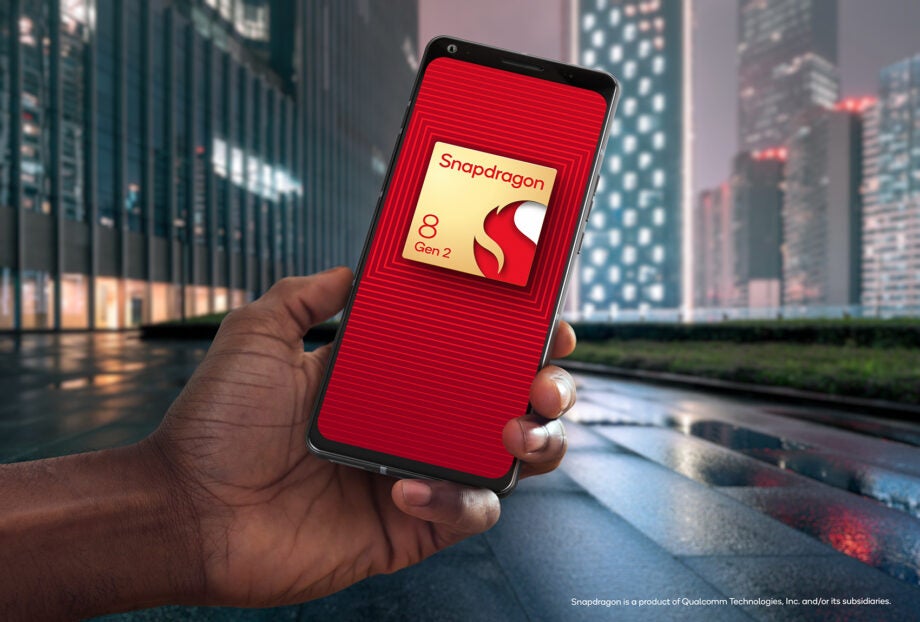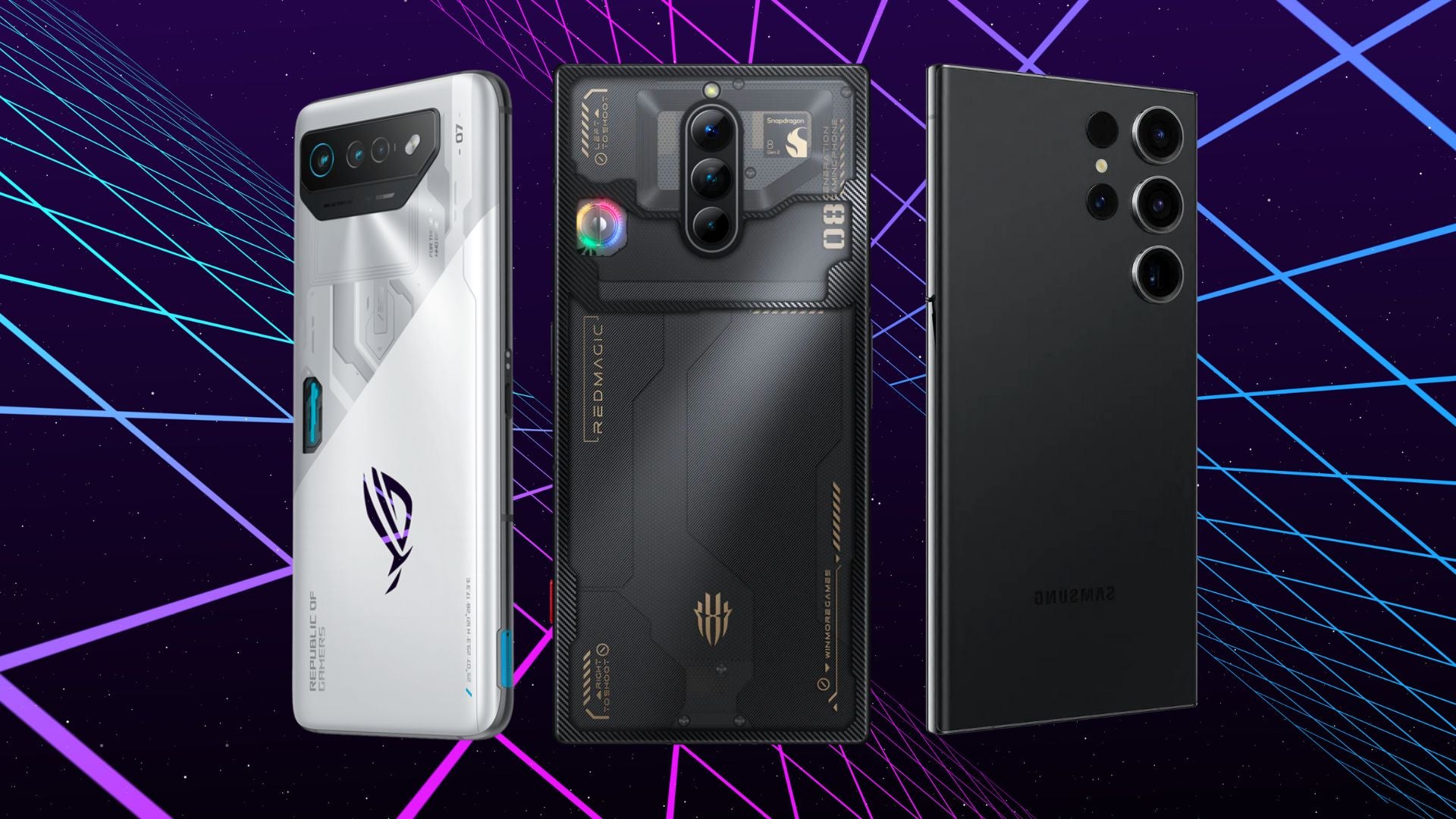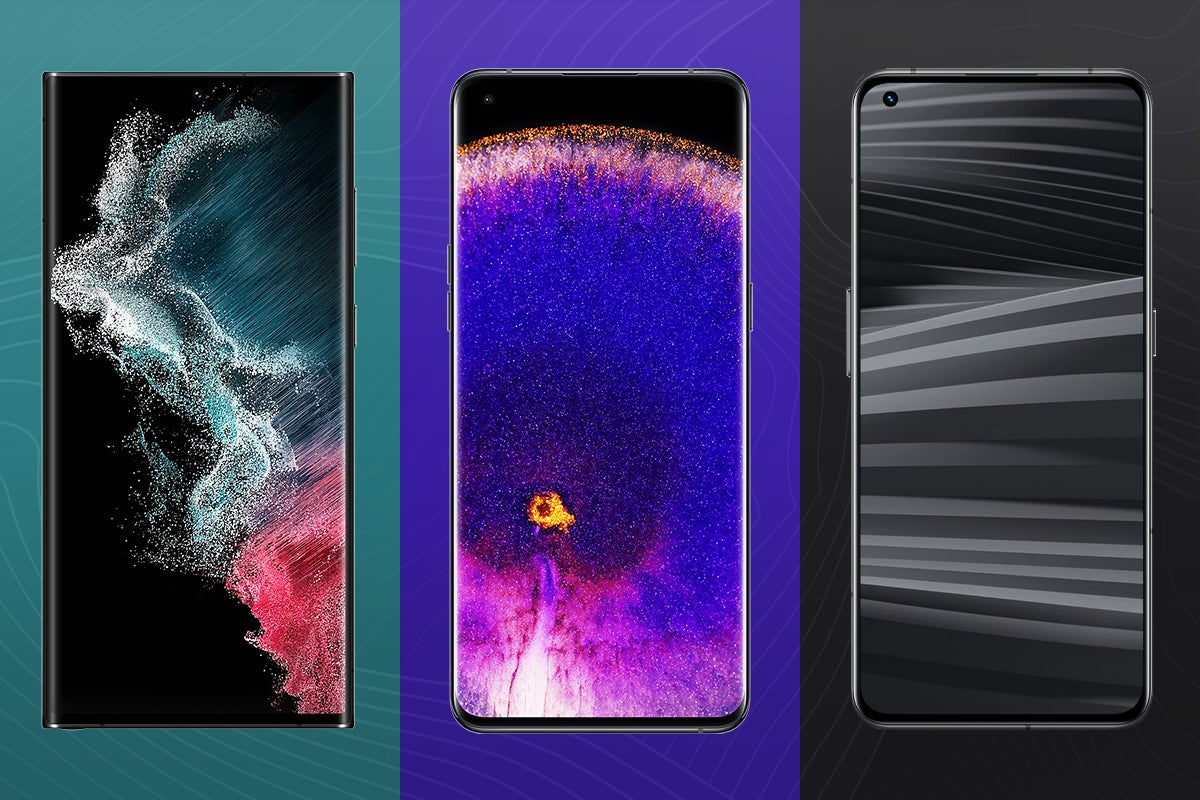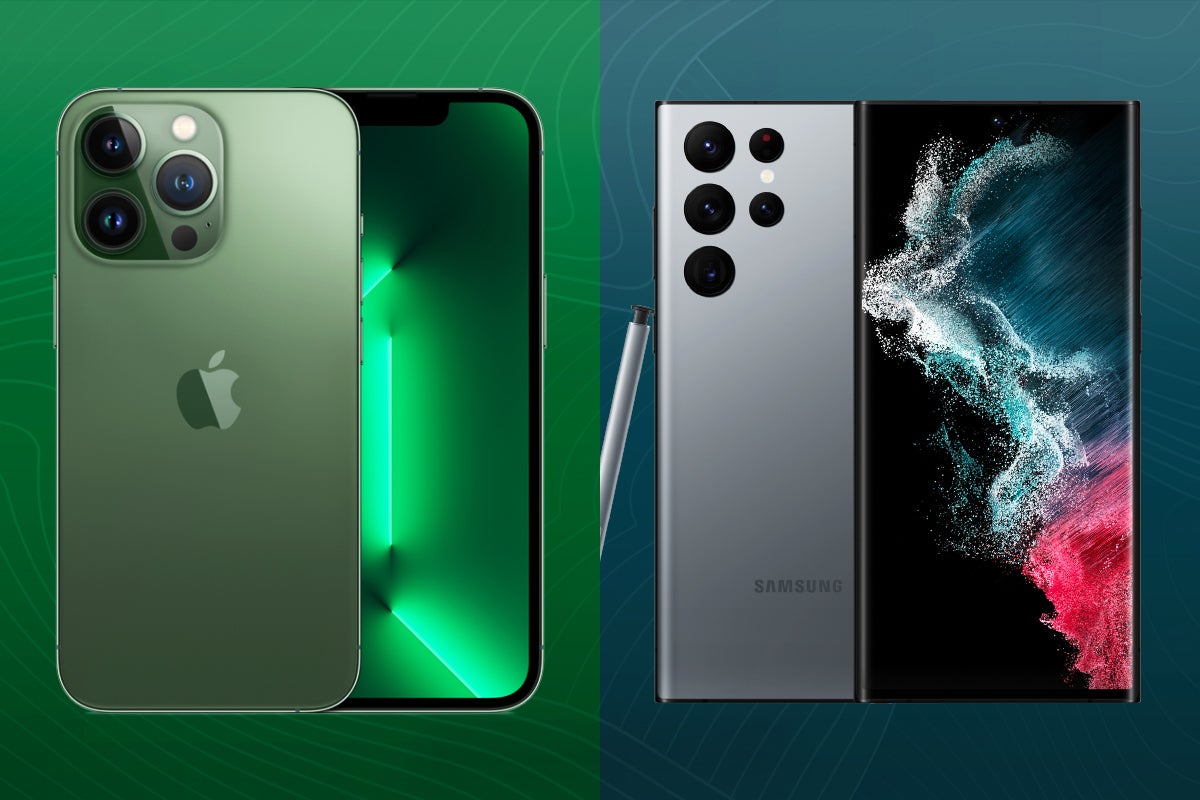Snapdragon 8 Gen 2 vs Snapdragon 8 Gen 1: What’s new?

Qualcomm has officially unveiled the second generation of its flagship mobile platform with the Snapdragon 8 Gen 2. But, what’s changed since the 8 Gen 1?
Keep reading to discover all the major differences between the Snapdragon 8 Gen 1 and its successor, the Snapdragon 8 Gen 2 when it comes to key areas including performance, AI, camera and sound.
Faster performance
The Snapdragon 8 Gen 2 offers speedier performance from both the CPU and GPU when compared to last year’s Snapdragon 8 Gen 1.
The Kryo CPU delivers up to 35% faster performance, while also offering up to 40% better power efficiency, while the Adreno GPU has seen a 25% uptick in performance and up to 45% more power efficiency compared to its predecessor.
There’s also the addition of real-time Hardware-Accelerated Ray Tracing to bring more authentic lighting, shows and illumination effects to mobile games, as well as further performance boosts to be found in the AI Engine.
More advanced AI
Qualcomm has added its most advanced AI Engine yet to the Snapdragon 8 Gen 2.
The Sensing Hub now features dual-AI processors and is capable of determining if a phone should be portrait or landscape based on the orientation of your face. There’s support for multi-language translation and it can detect the horizon to straighten out sunsets when using the camera.
The AI has also seen large improvements in performance, making it up to 4.35x faster than the AI performance on the Snapdragon 8 Gen 1.
Meanwhile, the addition of Micro Tile Inferencing makes it possible for the platform to do more AI processing than its predecessor while still consuming less power.
A smarter camera
The Snapdragon 8 Gen 2 takes advantage of Qualcomm’s first AI-powered camera processor, the Spectra 18-bit triple Cognitive ISP.
The main benefit of this is the addition of Semantic Segmentation, which allows for real-time processing for each layer of an image, meaning the colour, tone, sharpness and noise reduction can be modified layer-by-layer for a more accurate end result.
Qualcomm has also made it possible to alter the size and shape of bokeh in real-time, meaning you can make the blur shapes bigger, smaller or even heart-shaped on the 8 Gen 2.
More immersive audio
While Snapdragon Sound in the 8 Gen 1 supported spatial audio, the 8 Gen 2 now supports dynamic spatial audio using head tracking technology.
What this means is that the audio will now stay put even if you move your head, making for a more immersive listening experience that better resembles real surround sound. For example, if a voice is meant to sound like it’s coming from the screen in front of you, that’s how you’ll hear it – even if you turn your head.
The Snapdragon 8 Gen 2 also sees significantly less lag when streaming audio over Bluetooth, with the latency dropping from 89ms on the 8 Gen 1 to just 48ms on the 8 Gen 2.





